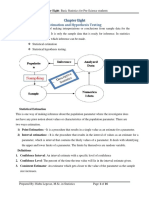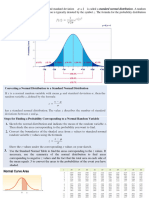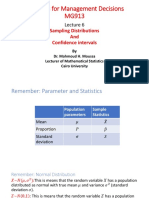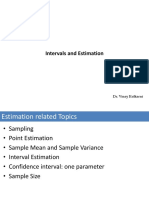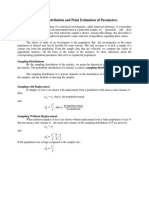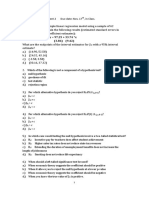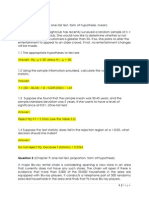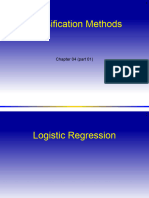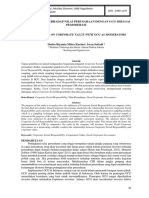0% found this document useful (0 votes)
22 views27 pages03 Sampling Distribution and Parameters Estimation
This document discusses sampling distribution and parameter estimation, emphasizing the importance of using samples to estimate population parameters due to the impracticality of collecting data from entire populations. It covers key concepts such as the Central Limit Theorem, standard error, z and t distributions, and differentiates between point and interval estimation methods. The document also highlights the significance of confidence intervals in estimating population means and the relationship between standard deviation and standard error.
Uploaded by
yikeberabebaw123Copyright
© © All Rights Reserved
We take content rights seriously. If you suspect this is your content, claim it here.
Available Formats
Download as PDF, TXT or read online on Scribd
0% found this document useful (0 votes)
22 views27 pages03 Sampling Distribution and Parameters Estimation
This document discusses sampling distribution and parameter estimation, emphasizing the importance of using samples to estimate population parameters due to the impracticality of collecting data from entire populations. It covers key concepts such as the Central Limit Theorem, standard error, z and t distributions, and differentiates between point and interval estimation methods. The document also highlights the significance of confidence intervals in estimating population means and the relationship between standard deviation and standard error.
Uploaded by
yikeberabebaw123Copyright
© © All Rights Reserved
We take content rights seriously. If you suspect this is your content, claim it here.
Available Formats
Download as PDF, TXT or read online on Scribd
/ 27















